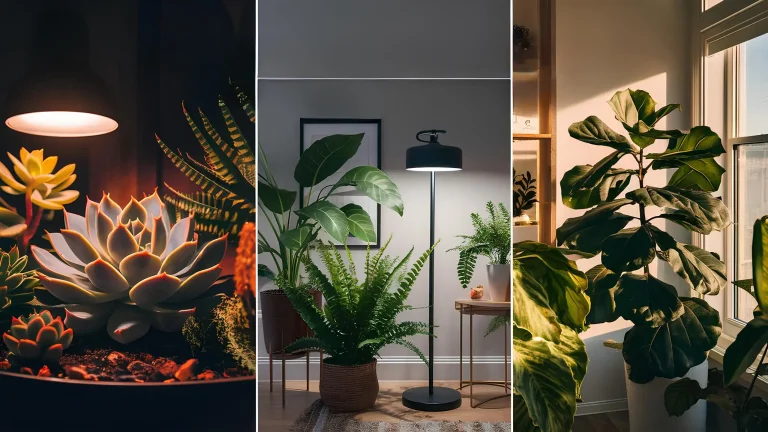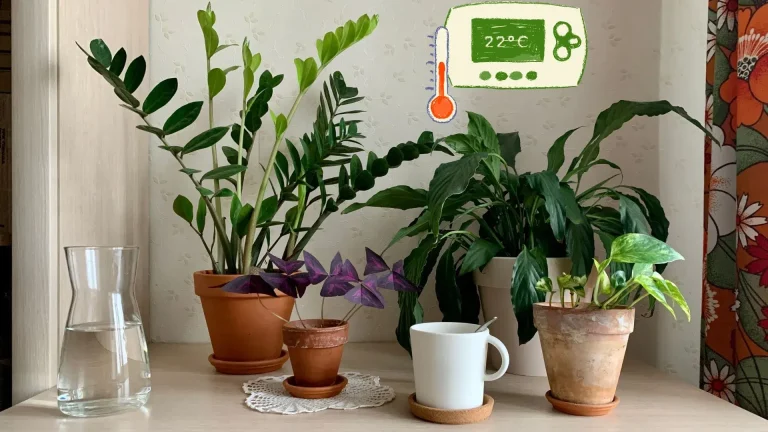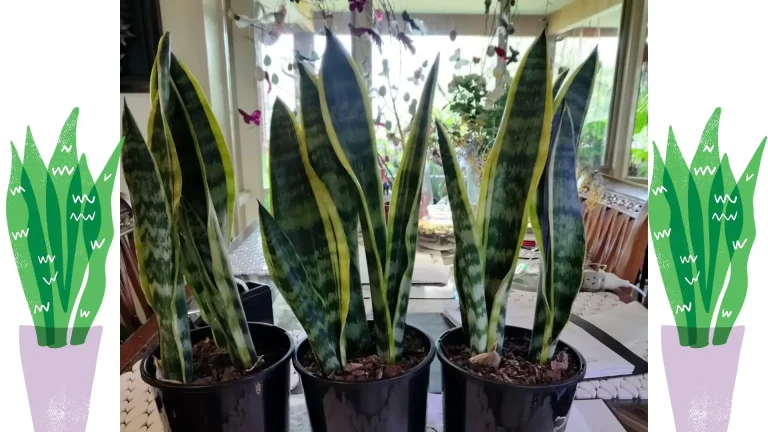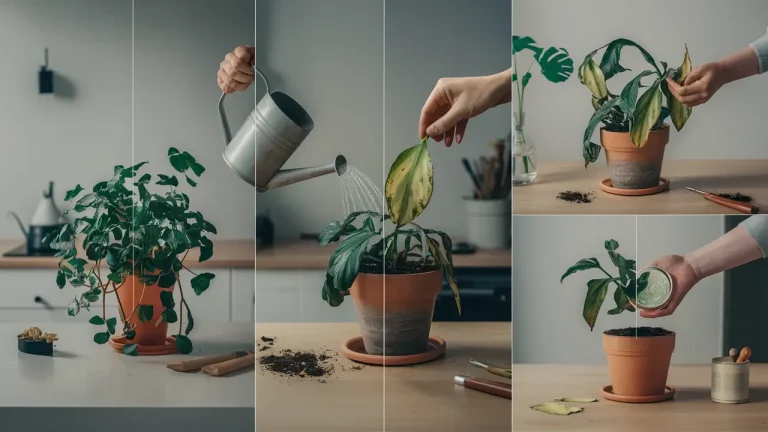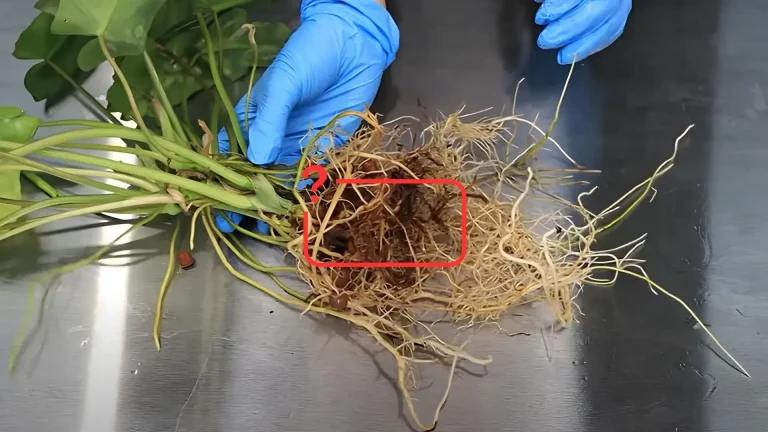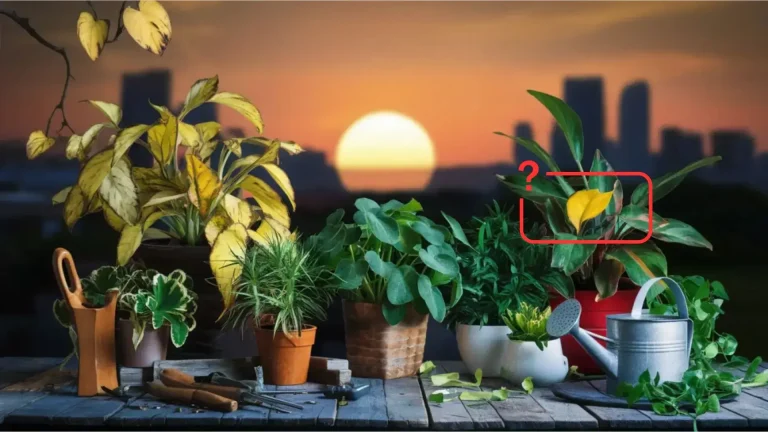Houseplant Pests: How to Identify, Prevent, and Treat Them
Houseplants bring life and beauty to indoor spaces, but they can also attract unwanted guests in the form of pests. Common houseplant pests such as aphids, fungus gnats, and mealybugs can cause serious damage, from stunted growth to discolored or dying leaves, and if left untreated, they may spread to your entire collection. .
The key to maintaining healthy houseplants lies in early detection and effective pest management. Spotting infestations before they spread allows you to take swift action, protecting your plants and preventing damage.
In this guide, we’ll help you identify common pests, learn how to prevent infestations, and arm you with simple, effective treatments to rescue your plants.
Table of Contents
How Pests Affect Your Plants
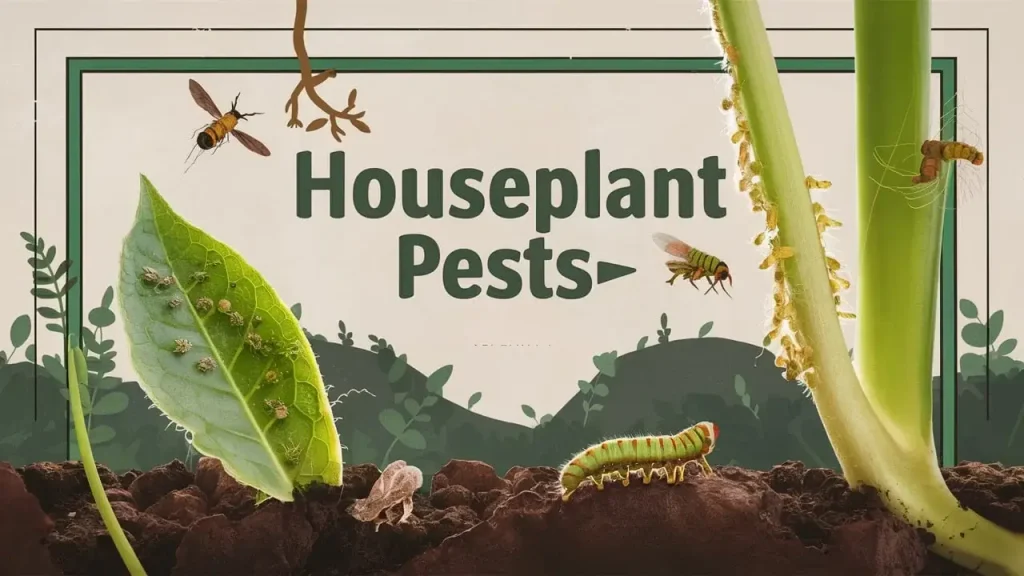
Pests might be tiny, but the damage they cause can have a significant impact on your houseplants. Here’s how they disrupt your plant’s health:
- Physical Damage: Many pests chew or pierce plant tissues, leaving holes, discoloration, or deformed leaves. Over time, this can stunt the plant’s growth and reduce its ability to photosynthesize effectively.
- Draining Nutrients: Sap-sucking pests like aphids, mealybugs, and scale insects steal vital nutrients from the plant, causing leaves to yellow, wilt, or drop prematurely.
- Disease Transmission: Some pests, like thrips and whiteflies, spread fungal, bacterial, or viral infections as they move from plant to plant, compounding the damage.
- Root Damage: Fungus gnat larvae target the root zone, weakening plants at their foundation and making them more susceptible to other stressors.
Knowing your plant’s name and care requirements is the first step to successful care. Use our Printable Planner to label each plant, making their needs clear at a glance!
Symptoms of Pests
Recognizing the signs of a pest infestation is the first step toward effective management. Look out for these common symptoms:
- Yellowing, Curling, or Drooping Leaves: Indicates stress caused by pests feeding on sap or damaging roots.
- Sticky Residue (Honeydew): A sign of pests like aphids or whiteflies secreting sap. This may also encourage mold growth.
- Fine Webbing: Often caused by spider mites hiding on leaves or stems.
- Holes, Spots, or Chew Marks on Foliage: Evidence of caterpillars, thrips, or beetles feeding on the plant.
- White, Black, or Brown Specks: Could be pest eggs, larvae, or the pests themselves.
- Stunted Growth or Wilting Despite Proper Care: Indicates root or sap-feeding pests interfering with the plant’s nutrient uptake.
Pest Prevention Tips
Preventing pests is easier than managing infestations. Incorporate these proactive steps into your plant care routine:
Regular Inspection
- Examine leaves (including undersides), stems, and soil weekly for early signs of pests.
- Use a magnifying glass to spot small or hidden infestations.
Quarantine New Plants
- Keep new plants isolated for 2–3 weeks to ensure they are pest-free before integrating them with your collection.
Good Hygiene
- Clean leaves with a damp cloth to remove dust and pests.
- Remove fallen leaves and debris from the soil surface to eliminate breeding grounds.
Proper Watering
- Avoid overwatering, as damp conditions attract pests like fungus gnats and springtails.
- Ensure pots have good drainage to prevent standing water.
Air Circulation
- Place plants where there is good airflow to reduce humidity pockets that pests prefer.
- Use a fan in areas with many plants to keep air moving.
Healthy Soil
- Use sterilized potting soil to prevent introducing pests during planting or repotting.
Repellent Measures
- Apply neem oil or insecticidal soap every few weeks as a preventive treatment, especially during peak pest seasons.
Common Houseplant Pests
1. Aphids
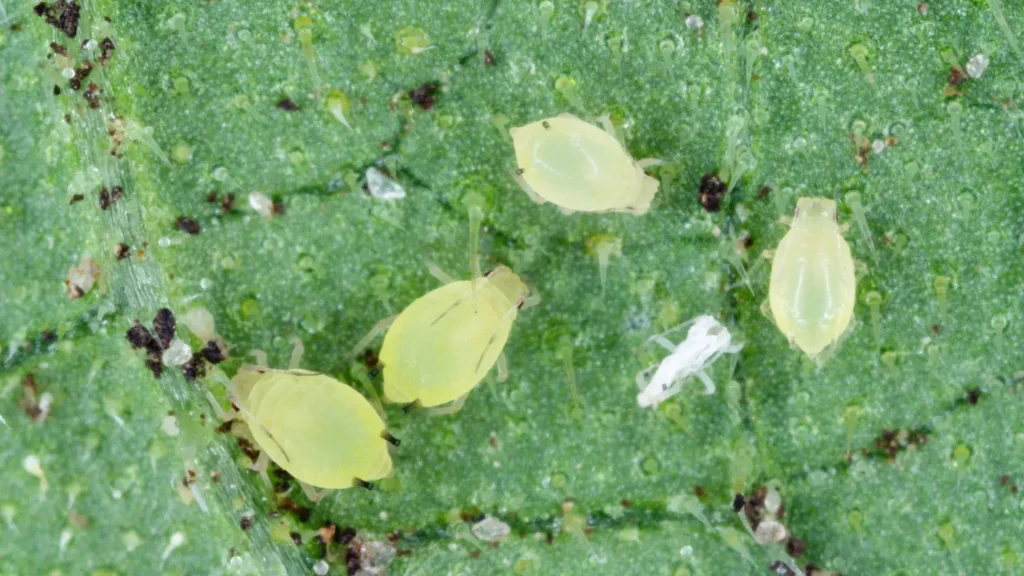
- Identification:
- Small, pear-shaped insects found on new growth, stems, and leaves.
- Common colors include green, black, white, and pink.
- Presence of sticky honeydew and possibly sooty mold.
- Control:
- Spray the plant with a mixture of water and mild soap or neem oil.
- Remove aphids manually with a damp cloth or blast them off with a strong stream of water.
- Introduce natural predators like ladybugs or lacewings if plants are kept outdoors.
2. Fungus Gnats
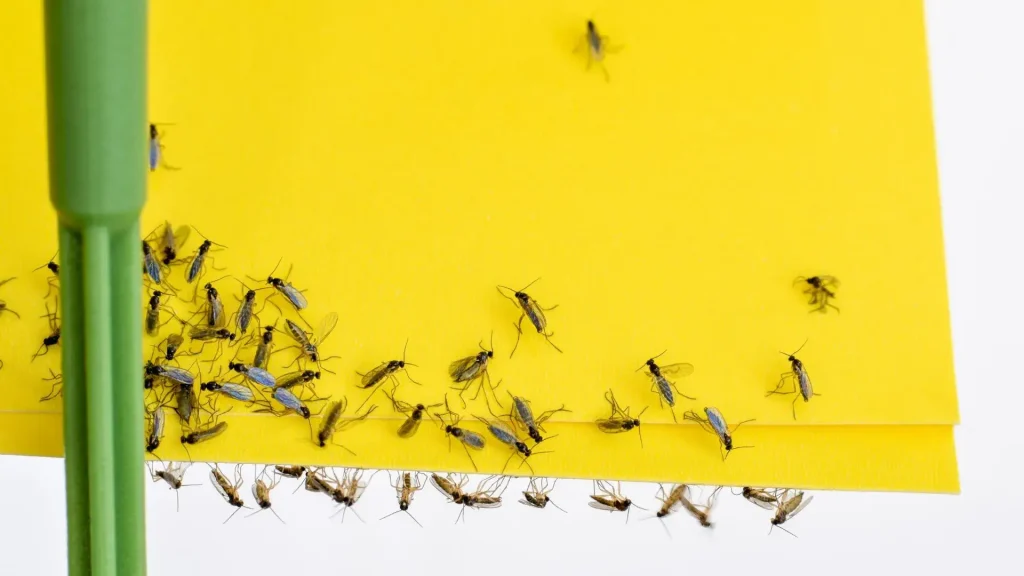
- Identification:
- Tiny black flies that hover around moist soil.
- Larvae live in the soil and feed on organic material and roots.
- Adult gnats do not harm plants directly but can be a nuisance.
- Control:
- Allow the top 1–2 inches of soil to dry out between waterings to disrupt the gnat lifecycle.
- Use yellow sticky traps to catch adult gnats.
- Apply beneficial nematodes or a biological control agent to the soil to target larvae.
3. Mealybugs
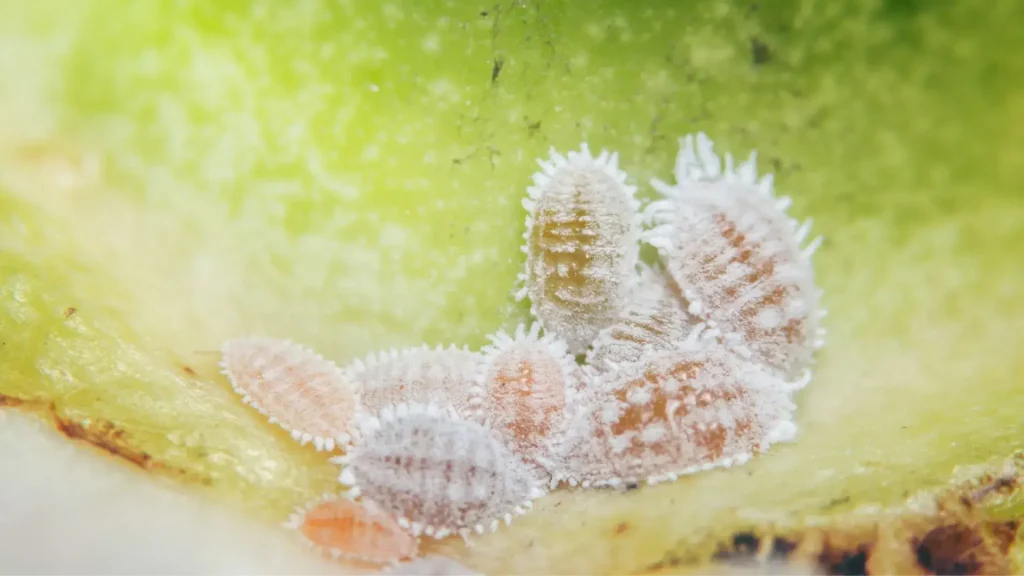
- Identification:
- White, cotton-like clusters found on stems, leaf undersides, and sometimes roots.
- Sticky residue (honeydew) may attract ants or encourage mold growth.
- Control:
- Dab affected areas with a cotton swab dipped in rubbing alcohol to kill mealybugs on contact.
- Wash the plant with insecticidal soap or neem oil solution.
- Isolate the plant to prevent the spread to others.
4. Scales
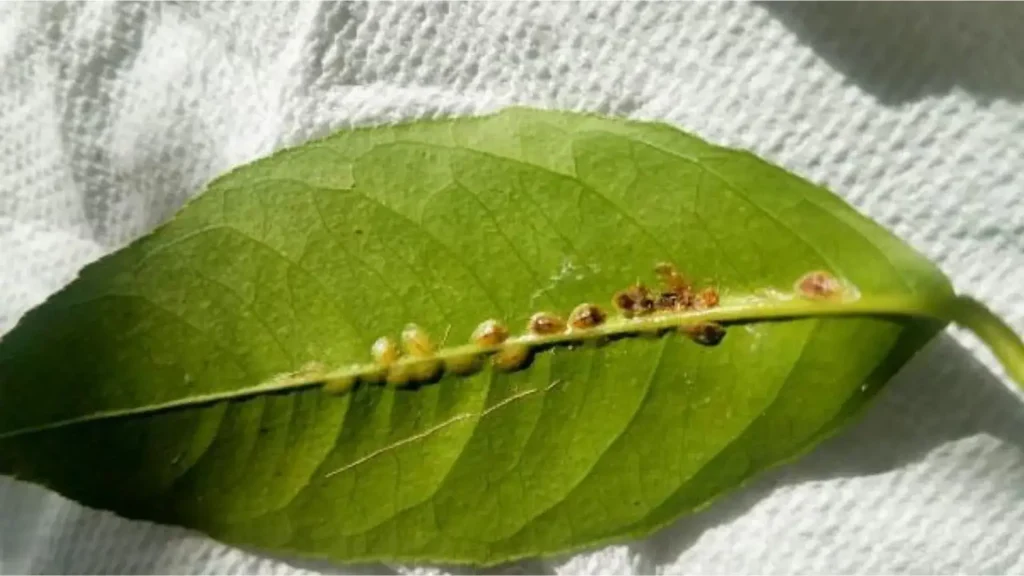
- Identification:
- Hard, shell-like bumps attached to stems, leaves, or branches.
- These pests remain stationary and can appear brown, black, or translucent.
- Control:
- Gently scrape off scales using a soft toothbrush, cloth, or cotton swab.
- Apply horticultural oil or neem oil to smother remaining pests.
- Reapply treatments weekly to disrupt the lifecycle and prevent new hatchlings.
5. Spider Mites
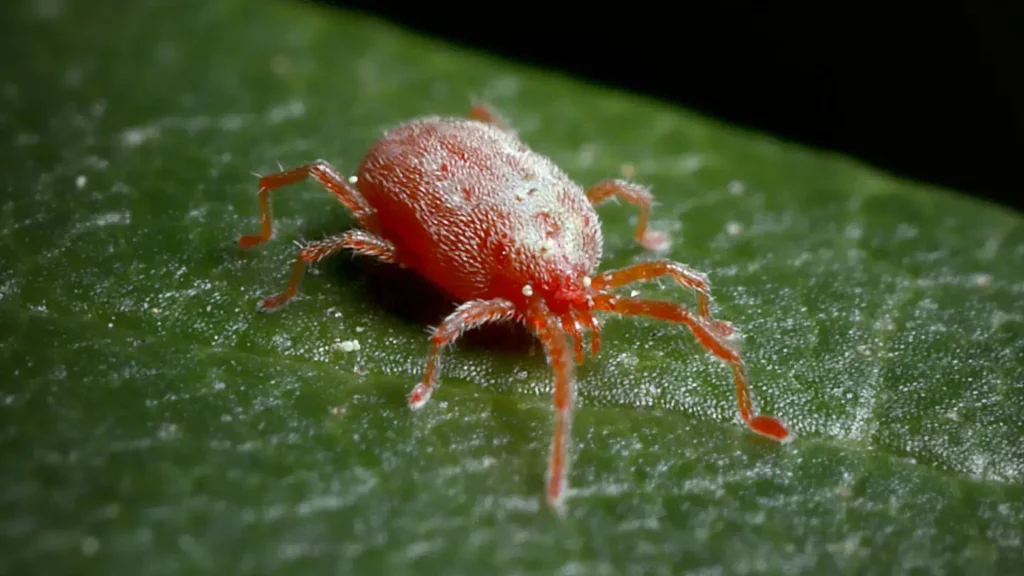
- Identification:
- Fine webbing under leaves or along stems.
- Yellow speckling or stippling on leaves, which may eventually cause leaves to drop.
- Tiny, red, brown, or white dots visible with a magnifying glass.
- Control:
- Increase humidity, as spider mites thrive in dry conditions.
- Spray plants with water, focusing on the undersides of leaves, to dislodge mites.
- For severe infestations, apply insecticidal soap or specialized miticides.
6. Whiteflies
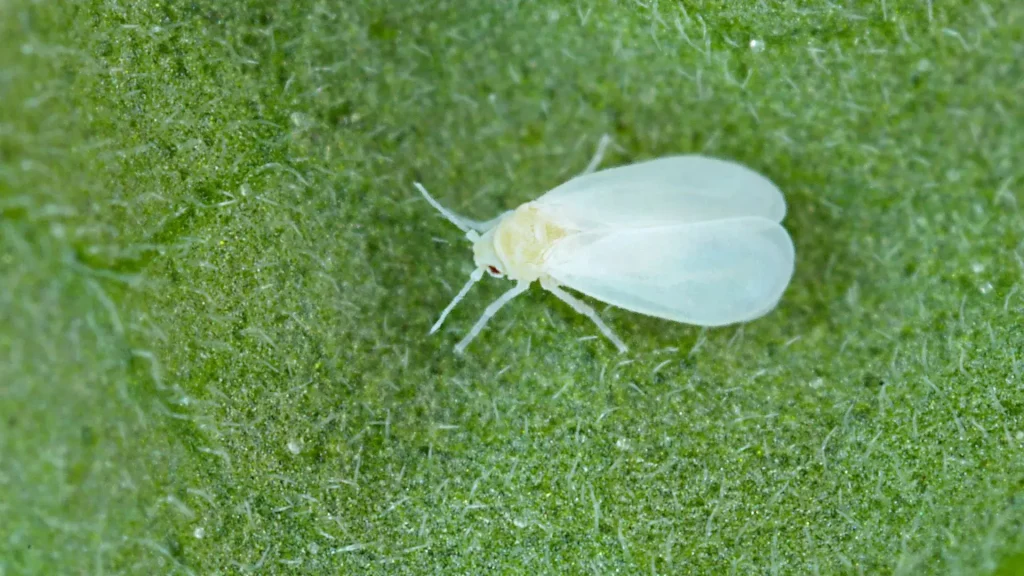
- Identification:
- Tiny, white, moth-like insects that fly off when the plant is disturbed.
- Sticky residue (honeydew) on leaves, which may lead to sooty mold.
- Control:
- Place yellow sticky traps near infested plants to capture adult whiteflies.
- Spray the undersides of leaves with insecticidal soap or neem oil.
- For outdoor plants, introduce parasitic wasps or other natural predators to control populations.
7. Root Ball Pests
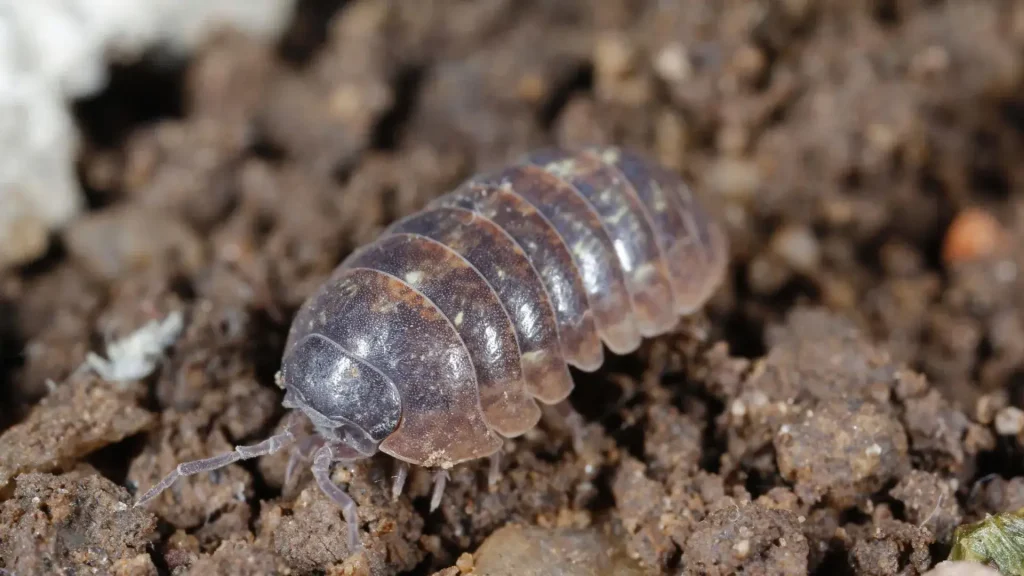
- Identification:
- Mushy or discolored roots with poor overall plant health.
- Visible insects, such as root mealybugs or grubs, in the soil or around the root zone.
- Control:
- Remove the plant from its pot and rinse the roots thoroughly to dislodge pests.
- Repot the plant using fresh, sterilized soil in a clean container.
- If necessary, treat the root ball with a systemic insecticide to eliminate hidden pests.
8. Springtails
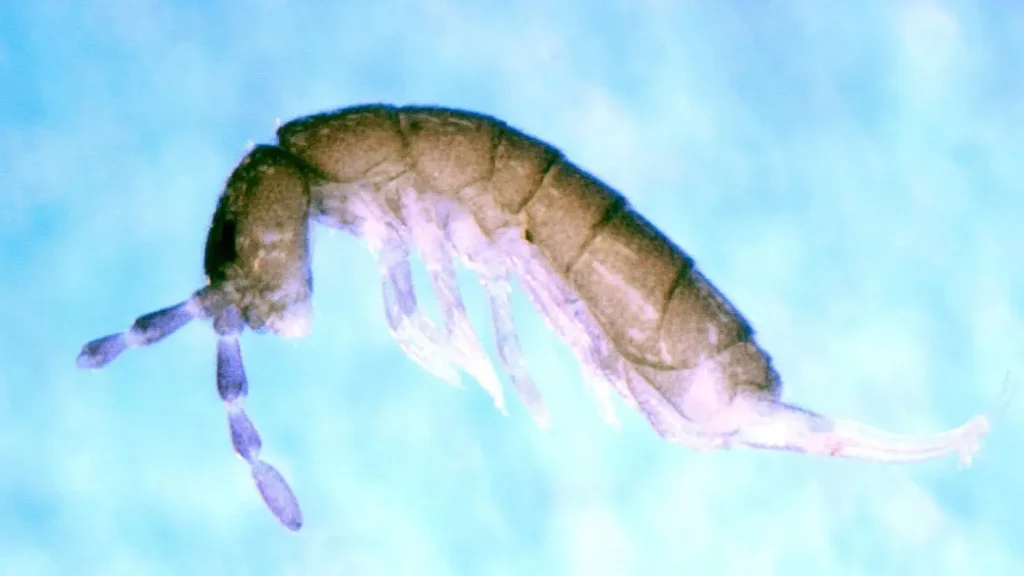
- Identification:
- Tiny, jumping insects commonly found on moist soil surfaces.
- Generally harmless but may indicate overly wet soil.
- Control:
- Allow the soil to dry out between waterings to discourage springtail populations.
- Remove decaying plant material and debris from the soil surface.
- Sprinkle diatomaceous earth over the soil to deter springtails.
9. Thrips
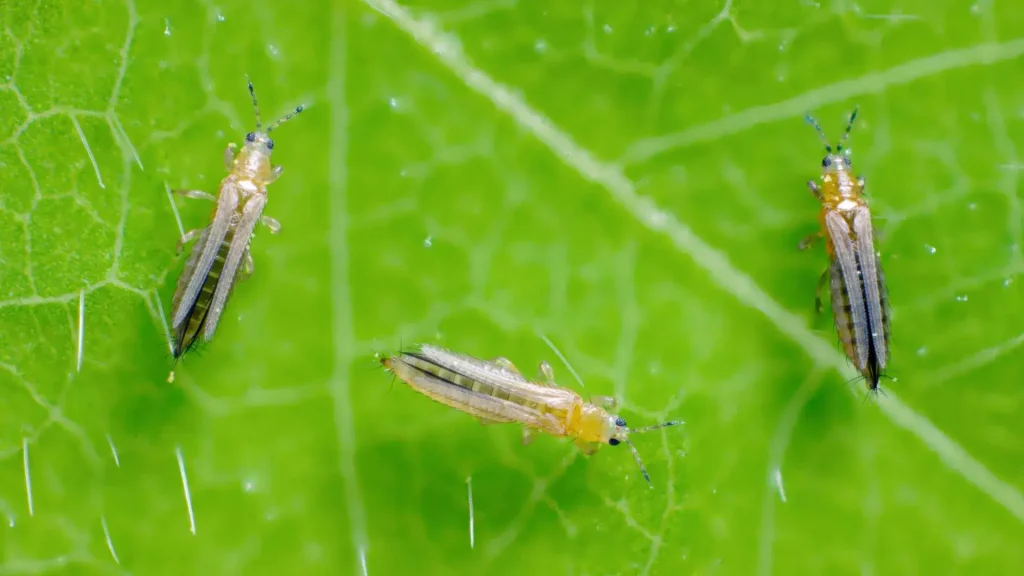
- Identification:
- Slender, winged insects that may appear white, yellow, or black.
- Leaves may show silvery streaks, discoloration, or black specks (excrement).
- Control:
- Prune and discard heavily infested leaves.
- Use blue sticky traps to attract and capture adult thrips.
- Spray affected plants with neem oil or systemic insecticides to eliminate the pests.
10. Caterpillars
- Identification:
- Visible damage includes large holes or chew marks on leaves.
- Presence of frass (droppings) on the soil surface or foliage.
- Control:
- Handpick caterpillars from the plant and relocate them.
- Use Bacillus thuringiensis (Bt), a natural bacterial control, to target caterpillars specifically.
- Apply horticultural oils as a preventive measure to protect against future infestations.
FAQ’s
1. Can houseplant pests spread to other plants?
Yes, many pests like aphids, spider mites, and thrips can quickly spread to nearby plants. Isolate infected plants immediately to prevent infestations from spreading.
2. Are pests on houseplants harmful to humans?
Most houseplant pests, like aphids, spider mites, and mealybugs, are not harmful to humans. However, pests like fungus gnats can be a nuisance, and some people may experience irritation from pest treatments like neem oil. Always follow safety guidelines when using sprays or chemicals.
3. Can I use chemical pesticides on houseplants?
Chemical pesticides are an option, but they should be a last resort. Many pesticides can harm beneficial insects or release fumes that aren’t safe indoors. Opt for safer alternatives like neem oil or insecticidal soap whenever possible.
Final Thoughts
Dealing with houseplant pests can be challenging, but with the right knowledge and approach, it’s manageable. By learning to identify pests early, taking preventive measures, and using effective treatments, you can protect your plants and restore their vitality.
Remember, pests are a natural part of plant care and often indicate areas where your routine might need adjusting. Use these experiences as opportunities to grow as a plant parent and better understand your green companions.
Your Next Step: Check your plants today! Look for signs of pests, clean their leaves, and make a plan to implement some of the prevention tips outlined in this guide. And if you have a pest story or question, share it in the comments below—we’re here to help!

